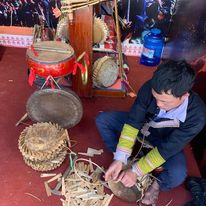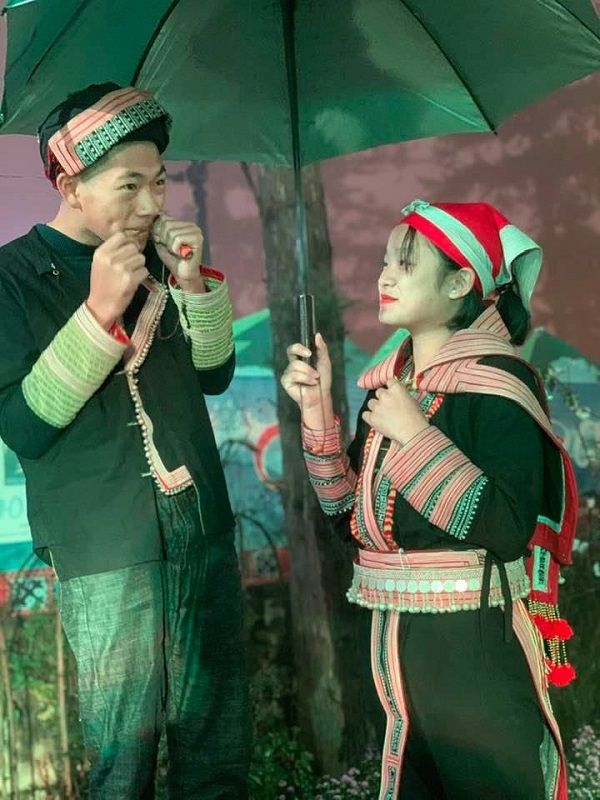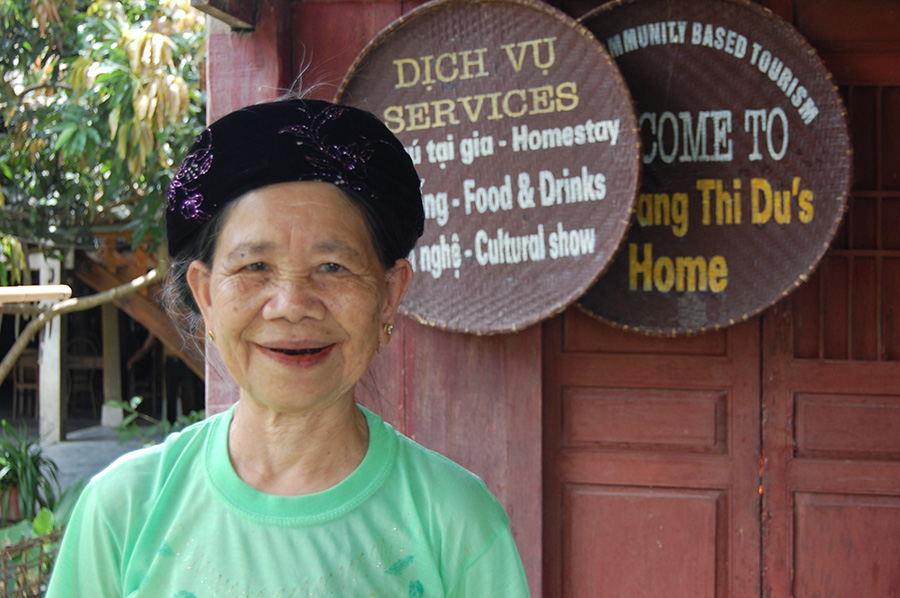- You are here:
- Home »
- Investment Policies »
- Developing Community Based Tourism In A Sustainable Trend.

Developing Community Based Tourism In A Sustainable Trend.
Lao Cai is famous for various ethnic culture with 13 ethnic groups belonging to 25 branches and different groups. Each group has its own cultural identity and has even sub-groups (Dao people, for example, consist of Dao Do, Dao Ho, Dao Tuyen).
Moreover, each branch also has unique characteristics which makes Lao Cai become a rich land in terms of cultural value. Besides, Lao Cai currently has hundreds of intangible cultural heritage, eight of which are historical and cultural relicts and other national scenic spot are in the process of being ranked. These potential points allow Lao Cai “Transform heritages into property” in the process of preserving and promoting the value of cultural heritage in tourism development .
With the aim of making Lao Cai Tourism become an attractive destination for Vietnamese tourists and foreigners based on local strengths, development campaign of community-based tourism model has been tested in Ban Ho , San Sa Ho (Sa Pa district) . There are 24 households at Ban Ho and 10 households in San Sa Ho subscribe to the service called homestay , which partly meet tourists’ demand in travelling and enjoying beautiful scenes.
According to statistical figures, homestay services continuously increase in community tourism in the province. In particular , Sa Pa District has 99 households registered homestay business mainly in the commune of Ta Van , Ban Ho village. Bac Ha district has 14 communes households mainly located in Trung Do…
The average of tourism revenue is relatively high, in Ta Van commune: 27-30 million VND / household / year ; in Trung Do (Bac Ha): 35-40 million VND / household / year . Particularly in 2013 , the number of visitors is estimated at over 145 thousand visitors , tourism revenue was estimated at 29 billion.
In particular , community based tourism development involves a range of different types of services to meet visitors’ demand. In Sa Pa district, each ethnic group tends to exploit and promote its unique cultural identity for tourism development .
Ethnic Dao Do (Ta Phin commune) have taken advantage of curing sick people and have developed this method into “ Thuoc la tam” (kinds of leaves used to bath which are good for health) “Thuoc la tam” is produced by Dao Do people (at Ta Phin). On the other hand, H’mong and Dao are famous for their unique handmade products.
In addition, the province has 17 tourist destinations and 16 local routes recognized and put into operation to serve tourists. Walking routes in Sa Pa , Bac Ha annually attract over 200 thousand foreign tourists to experience .
From promoting the advantages of destinations and the creation of attractive walking routes in Sa Pa , Bac Ha , recently , at two destinations has also built and put into operation the product travel community called ” try being a Hmong bride in a day” and ” try being a Dao farmer in a day” with interesting activities such as cooking wine competition and weaving contest with tourists.
In fact , over 70 % of international visitors to Lao Cai ( Sapa in particular ) want to experience travelling around villages of ethnic minorities. From 2006 to present , Lao Cai has nearly 500,000 visitors taking online community travel, which focuses mainly on tours in Sapa .
It’s shown that community based tourism in Lao Cai has been developed , and obtained positive results . Since the adoption of the “Transform heritages into property” to develop tourism, community travel has very strong attractions .
Leverage
According to the Tourism Development Organisation SNV (Netherlands ) : In Lao Cai, despite the impressive resources and good tourism markets, cultural values are still at potential status in community based tourism development.
Except some tourism sites, the rest are slow in exploitation and development of community tourism product, and do not exploit their full potential and strengths . Therefore, in order to leverage community tourism in Lao Cai, active participation of indigenous people is needed.
On the other hand, it is necessary to focus on the community-based tourism model which has the strong link of four organizations: state -oriented policy and management of tourism development for the whole region , household participation in tourism with rights and obligations in preserving the nation’s cultural heritage , enhance business promotion bringing tourists to visit and consultants actively advising people measures of community tourism development associated with conservation and promote the nation’s cultural identity.
Thanks to this, cultural and ethnic identity become resources for community tourism development . In contrast , tourism growing increasingly encourages people to preserve traditional cultural heritage.
In addition, research is needed to detect possible to open more routes tourism attractions in remote areas, combined with the development of the unique tourism product of ethnic minority.
This will create conditions for people to share the benefits from tourism community, study and take cultural nuances into the development of tourism products , such as organizing the annual traditional festivals , maintaining sessions highland culture towards the restoration and conservation of local culture, and cultural exploitation in tourism development .

Traditional music performance at Sa Pa “Love” market
Furthermore, the development of community tourism can not be hasty movements. It needs strategies and insurance of sustainable development . Therefore, the current urgent requirement is that the competent bodies and specialized agencies should implement measures to improve the level of education for people and enhance the role of citizens in the process of tourism development, because they are directly involved in and benefit from tourism activities in their local communities.
It not only contributes to improve local people’s income and living standard but also helps them expand their knowledge, contributes to improving gender equality economic – social development in the province.
Thanh Tuan
About the Author Sapa Tourism Office
Popular posts


